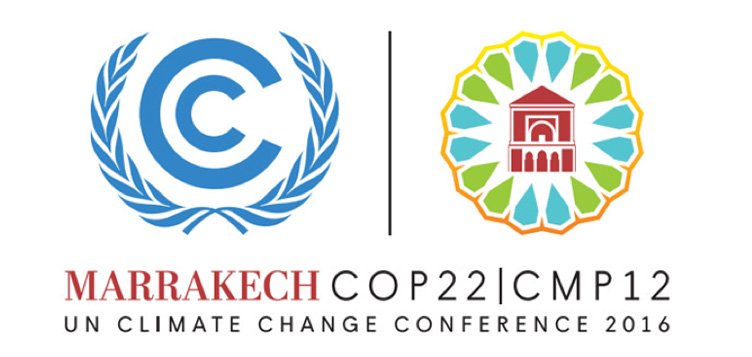Abdul Latif Jameel Energy helps to shape the future at COP22

Roberto De Diego Arozamena, CEO of Abdul Latif Jameel Energy, was among the influential leaders who gathered in Marrakech, Morocco, last month for the United Nations Climate Change Conference 2016 (COP22).
COP22 focused on the actions needed to achieve the priorities of the 2015 Paris Agreement, where 195 nations pledged to keep global warming below 2oC by the end of the century. The agreement came into force on November 4, 2016, just three days before the start of COP22.
Both the public sector and private enterprises will need to work together to establish projects that allow countries to grow on a low-carbon path.
Mr De Diego Arozamena represented Abdul Latif Jameel Energy throughout the 11-day event. He also took part in a discussion panel – Renewables in the Middle East & North Africa: Mission Possible – following an invitation from IFC (World Bank Group).
IFC has already provided more than US$ 15 billion in long-term financing for renewable energy and other green investments.
Although several countries in the Middle East and North Africa are focusing on solar power, many industry commentators believe there is still a huge untapped renewable energy potential in the region.
Mr De Diego Arozamena was among five panelists to consider what needs to be done to accelerate investments in renewables. He was joined by Erik Becker, Manager (Infrastructure) of IFC MENA, Daniel Calderon, CEO of Alcazar Energy Partners and Nadim Kassar, General Manager of Fransabank. Chris Antonopoulous, CEO of Lekela Power, completed the panel, which was moderated by James Kynge, Emerging Markets Editor at the Financial Times.
Since the Paris Agreement was adopted in December 2015, a total of 189 countries have submitted their national plans that target aggressive growth in climate solutions—including renewable energy, low-carbon cities, energy efficiency, sustainable forest management, and climate-smart agriculture. These plans, called Nationally Determined Contributions (NDC), offer a clear roadmap for investments that will target climate-resilient infrastructure and offset higher upfront costs through efficiency gains and fuel savings.
An IFC report shows that the historic global agreement adopted in Paris helped open up nearly $23 trillion in opportunities for climate-smart investments in emerging markets between now and 2030.
The study, based on the national climate-change commitments and policies of 21 emerging-market economies, (representing 48% of global emissions), identifies sectors in each region where the potential for investment is greatest. This includes:
- East Asia and the Pacific: green buildings—where China, Indonesia, the Philippines, and Vietnam show a climate-smart investment potential of US$16 trillion.
- Latin America and the Caribbean offer the next largest opportunity—particularly in sustainable transportation, where the potential for investment in Argentina, Brazil, Colombia, and Mexico is about US$ 2.6 trillion.
- South Asia: Opportunities are mostly seen in climate-resilient infrastructure, where US$ 2.5 trillion of opportunities exist in India and Bangladesh.
- Sub-Saharan Africa represents a US$ 783 billion opportunity—particularly for clean energy in Cote d’Ivoire, Kenya, Nigeria, and South Africa.
- Eastern Europe, with its biggest markets—Russia, Serbia, Turkey, and Ukraine—shows a combined investment potential of US$ 665 billion, mostly in energy efficiency and new green buildings.
- Middle East and North Africa: the total climate-investment potential for Egypt, Jordan, and Morocco is estimated at US$265 billion, over a third of which is for renewable-energy generation, while 55% (US$ 146 billion) is for climate-smart buildings, transportation, and waste solutions.




 Added to press kit
Added to press kit


